I am trying to understand how to use walk to silently (without printing to the console) return ggplot2 plots in a pipeline.
library(tidyverse)
# EX1: This works, but prints [[1]], [[2]], ..., [[10]] to the console
10 %>%
rerun(x = rnorm(5), y = rnorm(5)) %>%
map(~ data.frame(.x)) %>%
map(~ ggplot(., aes(x, y)) + geom_point())
# EX2: This does not plot nor print anything to the console
10 %>%
rerun(x = rnorm(5), y = rnorm(5)) %>%
map(~ data.frame(.x)) %>%
walk(~ ggplot(., aes(x, y)) + geom_point())
# EX3: This errors: Error in obj_desc(x) : object 'x' not found
10 %>%
rerun(x = rnorm(5), y = rnorm(5)) %>%
map(~ data.frame(.x)) %>%
pwalk(~ ggplot(.x, aes(.x$x, .x$y)) + geom_point())
# EX4: This works with base plotting
10 %>%
rerun(x = rnorm(5), y = rnorm(5)) %>%
map(~ data.frame(.x)) %>%
walk(~ plot(.x$x, .x$y))
I was expecting example #2 to work, but I must be missing or not understanding something. I want the plots from #1 without the console output.



